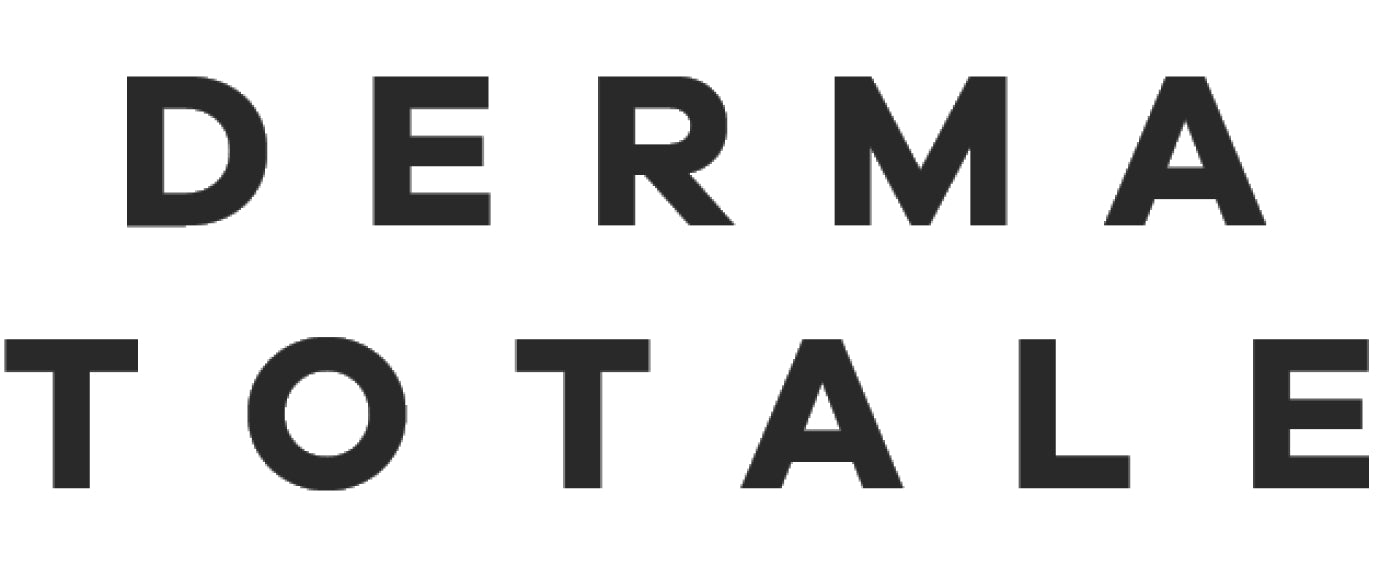
Decoding The Difference Between Skin Purging and Breakouts
Maintaining healthy and clear skin is a common goal for many individuals. However, it can sometimes be challenging to differentiate between skin purging and breakouts. Both can lead to the emergence of blemishes and imperfections, but understanding the underlying causes and characteristics of each can help you determine the appropriate course of action.

Skin Purging:

Skin purging is a phenomenon that occurs when you introduce new skincare products or treatments into your routine. It typically happens when products contain active ingredients that increase cell turnover or accelerate the skin's renewal process. The key features of skin purging include:
- Timeline: Purging usually occurs within a specific timeframe after starting a new product or treatment, typically around 4 to 6 weeks.
- Location: Purging predominantly affects areas where you typically experience breakouts, such as the forehead, chin, and cheeks.
- Appearance: Purging may manifest as small, whiteheads, blackheads, or pimples. These blemishes tend to surface quickly and heal faster than traditional breakouts.
- Transience: Skin purging is temporary and usually lasts no longer than the initial adjustment period. Once your skin adjusts to the new product, you should notice improvements in texture and clarity.
Breakouts:

Breakouts, on the other hand, are a common occurrence and can happen due to various factors, including hormonal fluctuations, stress, poor diet, or inadequate skincare practices. Unlike skin purging, breakouts are not related to the introduction of new products and have distinct characteristics:
- Timeline: Breakouts can occur at any time, with no specific timeline associated with their appearance.
- Location: Breakouts can appear on any part of the face or body, depending on the underlying causes and individual skin characteristics.
- Appearance: Breakouts can manifest as whiteheads, blackheads, papules, pustules, or even cysts. They may take longer to heal compared to purging-related blemishes.
- Persistence: Unlike skin purging, breakouts tend to persist until the underlying causes are addressed. They may also recur if the triggers are not properly managed.

Differentiating between Skin Purging and Breakouts:
While skin purging and breakouts share some similarities, there are key differences that can help you distinguish between the two:
- Timing: Pay attention to when the blemishes appear. If they coincide with the introduction of a new skincare product or treatment, it is likely skin purging. If there's no correlation, it's more likely to be a breakout.
- Product Types: Check the ingredients of the products you've recently incorporated into your routine. Active ingredients like retinoids, AHAs (alpha hydroxy acids), and BHAs (beta hydroxy acids) are more likely to cause skin purging due to their exfoliating properties.
- Persistence: If the blemishes persist beyond the initial adjustment period or appear in areas unrelated to your typical breakout zones, it is more likely to be a breakout.

Understanding the difference between skin purging and breakouts is crucial for effective skincare management. Skin purging is a temporary process that occurs when introducing new products, while breakouts can stem from various internal and external factors. By being aware of the unique characteristics of each, you can tailor your skincare routine accordingly and achieve healthier, clearer skin. If you're unsure about any changes in your skin, it's always beneficial to consult with a dermatologist for personalized advice and guidance on the best approach for your specific needs.


